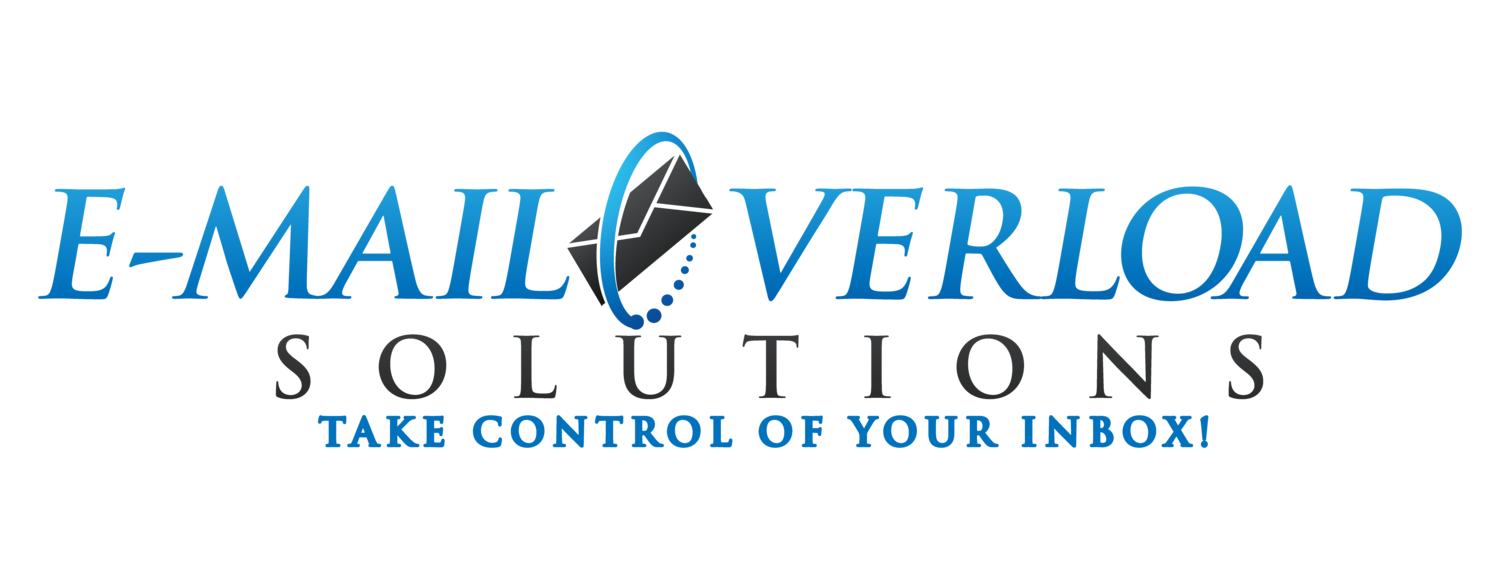Balancing Tasks and Appointments with your Calendar
/Should you use your calendar for managing appointments, scheduling tasks, or a bit of both?
Almost everyone uses a calendar for managing their appointments.
And most business workers also use a "Task List" or "To Do" list of some type for managing their lists of activities and projects they need to complete.
But, how do you decide how to balance these two systems?
What activities should you put on your "calendar"?
What tasks should you track in your "To Do" list?
There are three "schools of thought" when it comes to your calendar:
Only use your calendar for appointments.
Add select activities from your task list onto your calendar, especially ones that are time-sensitive of critical.
Turn all of your tasks into appointments.
Let’s dive into each one a bit further.
Only use your Calendar for "Appointments":
Some people like to use their calendar only for actual scheduled appointments, such as meetings or conference calls with other people.
Then, they use the “free space” in their calendar to make progress against their various projects and activities.
These can be items sitting in your "To Do" or "Tasks" lists, items scribbled on a piece of paper, or whatever prioritization system you (hopefully) are using.
Turn select "To Do" items into Calendar "Appointments".
This is the approach I discussed in my last post on scheduling select activities on your calendar.
This can be for very high-priority items, time-sensitive activities, or anything you need to ensure "gets done".
Just pull a select item off your "To Do" list and turn it into a scheduled appointment.
Use your Calendar to "Schedule (almost) Everything".
Some people like to turn almost all of their “To Dos” into a "scheduled appointment".
Their days are always blocked solid with scheduled appointments, activities, and even lunch-breaks.
They are of the belief that in order to ensure it gets done, it needs to be a scheduled.
So, which approach should you follow?
The answer is that there is no simple answer.
“One of the keys to Email processing and Time Management is to find the processes, techniques, and tools that work best with your own personality and organizational style.”
What works well for one person does not always for for another person.
It gets down to your ability (and comfort) in using a "Calendar" vs. a “To Do” or "Task" list for managing your open list of activities and commitments.
I encourage people to experiment with different approaches, especially if you aren't happy with your current process, or do not have a current process you are following today.
Try each out for a few weeks (at least) and then see which one seemed to work best for you.
What approach do I suggest?
I personally follow (and recommend to others) the second, or “middle of the road approach"/
This is to use your Calendar for all your meetings and appointments, but also schedule select business critical “To Do” items onto your calendar as appointments.
These would be those activities you know will take focused time or must be completed by a deadline.
This way, they are already scheduled, so you won't forget them.
And you are less likely to get interrupted since your time is “blocked”.
I am not a fan of over-scheduling your daily calendar:
You need to leave open time for handling items that come-up during the day and performing ad-hoc work.
And you also need time for people to schedule important meetings and appointments.
If you are the President of the USA or a Senior Executive, I can understand blocking-off every minute of your day. But for most of us, this just doesn't make sense and isn't realistic in today's business world.
So, here are some basic rules to follow this approach:
Meetings are always on your calendar - that is what it is there for!
Add business critical activities as appointments, especially when they have “hard deadlines” and you know they will take a block of focused time to complete.
Make select use of recurring appointments for performing activities during the same time slots.
If you do get interrupted , don’t panic! Just move the missed activity to the next open slot on your calendar. For most calendar systems, it’s a simple “drag and drop” into the next open slot on your calendar.
Keep open slots for ad-hoc work you need to perform.
If you want to perform a lunch-time workout routine (or even a power walk), then schedule it!
And for those open slots, make use of Pomodoro Time Block Sessions to focus and be productive.
Nothing worse than letting those open slots slip away and accomplishing nothing against them.












